In the bustling marketplace of today’s economy, small businesses often struggle to make their mark. But with savvy marketing strategies, even the most modest of ventures can thrive. If you own a small business in a niche like handmade crafts or local organic produce, you’ll find this article immensely helpful. Here’s a taste of what we’ll explore:
- Tailoring advertising campaigns to reach your specific audience
- Engaging with customers on social media platforms ?
- Utilizing word-of-mouth promotion through satisfied clients
- Boosting sales through special promotions and limited-time offers ⏰
For example, a bakery specializing in gluten-free treats can amplify their reach through targeted Facebook ads, while a family-run hardware store might cultivate relationships with local contractors to spread the word. No matter your industry, these 15 marketing tips can pave the way to success for your small business.

Ready to enhance your marketing? Consider integrating Plerdy, a fantastic tool designed to uplift your conversion rate optimization (CRO) and user experience (UX). Harness Plerdy’s power to bring your business to the next level, and stay tuned as we delve into these robust strategies that can make your small business shine ✨!
Why Marketing is Crucial for Small Businesses
In the bustling marketplace, marketing forms the backbone of small business growth and sustainability. For starters, it catapults visibility, allowing your venture to stand out from the competition. By spotlighting your distinctive offerings, marketing gives your small business a unique identity, fostering customer loyalty.
To paint a clear picture, consider a local bakery. Harnessing effective marketing tactics, the bakery cultivates its brand—embracing a homely, artisan image. They share delectable behind-the-scenes snapshots on social media, stirring customer curiosity. They also email subscribers with exclusive recipes, fostering a sense of community. Here’s the impact:
- Brand recognition amplifies—people connect the delicious pastries to the bakery instantly.
- Loyal customer base expands—the bakery transforms patrons into advocates who recommend their products to others.
- Sales escalate—more exposure, more patrons, more profits.
Simultaneously, marketing enables customer engagement. For instance, a small gardening business uses social media to share horticulture tips and highlight exceptional garden transformations. Such interactive initiatives give customers a voice, reinforcing their connection with the business.
Finally, marketing assesses business performance. Through diligent tracking of marketing initiatives, a small clothing store can monitor customer preferences and buying patterns. As a result, they tailor their offerings—stacking trending designs and styles, thus driving customer satisfaction and repeat business.
In essence, marketing is the powerhouse propelling small businesses to thrive amid the competition.
Understanding Your Target Audience

1. Identifying Your Ideal Customer
Discovering your ideal customer in the world of small business involves more than just a casual observation of the people who buy your products or services. It’s a thoughtful process that revolves around establishing a customer profile based on a variety of factors that extend beyond mere demographics.
Imagine a small yoga studio. Rather than targeting anyone with an interest in fitness, they identify their ideal customer as someone seeking holistic wellness—valuing mental health as much as physical. They focus on attracting customers who:
- Prioritize stress-management—incorporating mindfulness and meditation into their daily routines.
- Seek a community atmosphere—cherishing social interaction and collective energy in their workout space.
- Appreciate an eco-conscious ethos—supporting businesses that prioritize sustainability.
Simultaneously, a local vegan restaurant hones in on their ideal customer. They’re not just looking for plant-based eaters but individuals committed to ethical consumption and invested in food origin transparency. As a result, their marketing strategy leans into these elements—making them attractive to the customers they serve best.
In essence, pinpointing your ideal customer necessitates a deep dive into the needs, desires, and values of your potential clientele. This deeper understanding fuels targeted marketing initiatives that cater directly to these individuals, thus driving customer acquisition and loyalty for your small business.
2. Learning About Customer Behavior
Understanding customer behavior is akin to solving an intricate puzzle for small businesses. With every piece put together, a clear image emerges—revealing the key to effective marketing.
For instance, an independent bookstore keen on boosting sales embarks on studying customer behavior. They observe patterns, like:
- High demand for fantasy and mystery genres.
- Frequent purchases in the late afternoon and early evening.
- Increased sales during author meet-and-greet events.
Armed with this knowledge, they curate their inventory to include more of the popular genres, extend their hours into the evening, and organize more author events. This targeted approach makes customers feel seen and understood—sparking loyalty and boosting sales.
Similarly, a small pet supply store identifies that its customers often seek advice on pet nutrition and care. Recognizing this behavior, they introduce expert-led workshops on these topics. In doing so, they offer value beyond products—transforming their store into a hub of pet care knowledge.
In short, diving into customer behavior provides crucial insight into the needs and habits of your audience. This valuable information paves the way for strategic decision-making in marketing—a reliable compass guiding your small business through the competitive market landscape.
Building Your Marketing Brand

1. Importance of a Consistent Marketing Brand Identity
In the vibrant tapestry of the business landscape, a consistent brand identity serves as a beacon, helping your small business carve out its unique space. It’s the underlying thread that weaves together every customer touchpoint, offering a cohesive and memorable experience that sets you apart from competitors.
Consider an artisanal coffee shop striving to position itself as a cozy neighborhood haunt. They cultivate a brand identity rooted in warmth, community, and premium quality. This ethos permeates every aspect of their business:
- Ambience: The interior design exudes a rustic charm with soft lighting and wooden furniture—mimicking the comfort of a home.
- Staff interactions: The baristas are trained to engage in friendly conversations with customers—fostering a sense of community.
- Products: They source fair-trade beans and highlight the origin story of each coffee blend—signifying their commitment to quality.
Simultaneously, a local organic skincare brand focused on self-care and wellness ensures every touchpoint echoes these values. From soothing color palettes on packaging and website design to informative blog posts on skincare routines, they offer an immersive brand experience.
A consistent brand identity, therefore, shapes customer perceptions and drives loyalty. It’s a magnetic force that pulls your audience towards you, compelling them to choose your business amidst a sea of alternatives. In essence, it’s the foundation upon which marketing strategies are built, propelling small businesses towards lasting success.
2. How to Create a Unique Value Proposition
Crafting a unique value proposition is akin to drafting a compelling narrative—it tells your audience why they should choose your small business over others. It distills your business’s essence, illuminating the distinctive benefits you offer.
Consider a family-run bakery passionate about creating pastries using century-old recipes. Their unique value proposition could focus on their rich history and the unparalleled quality stemming from tried-and-true methods. They’d highlight aspects like:
- Authenticity: Emphasize their use of traditional recipes passed down generations, giving their pastries a distinctive taste.
- Expertise: Spotlight the family’s deep-rooted knowledge and skill in baking, underscoring the quality of their products.
- Heritage: Draw attention to their long-standing business as a testament to their reliability and commitment.
Similarly, a modern tech repair shop might focus on their speedy service and up-to-date knowledge of the latest tech. Their unique value proposition would underline their efficiency and expertise, putting the spotlight on:
- Quick service: Stress their ability to perform repairs swiftly, minimizing downtime for customers.
- Cutting-edge knowledge: Highlight their comprehensive understanding of the latest gadgets, ensuring top-notch service.
Crafting a potent value proposition, therefore, requires a keen understanding of your business’s strengths and how they cater to your customers’ needs. This crystal-clear proposition then serves as a compass, guiding your marketing efforts to project what sets your small business apart.
Digital Marketing Strategies
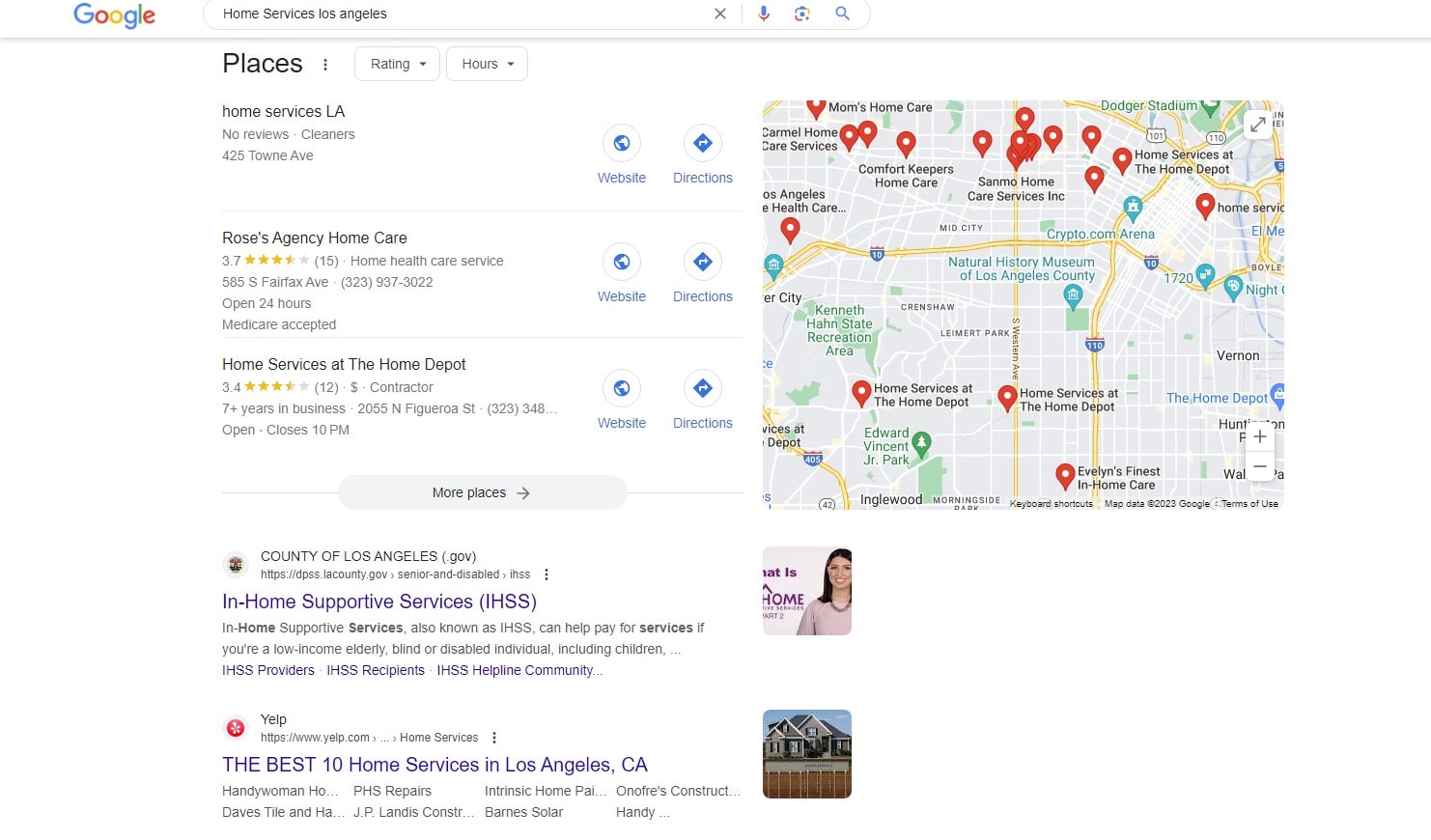
1. SEO Techniques for Small Businesses Marketing
SEO is an invaluable cog in the marketing machinery for small businesses. It helps your website sail smoothly on the vast ocean of the internet—making it visible to those searching for the products or services you offer.
A local organic produce store can enhance visibility by implementing smart SEO strategies. They might focus on:
- Local SEO: Emphasize the use of region-specific keywords—connecting with customers in the surrounding community.
- Quality content: Regularly update a blog on the benefits of organic produce, recipes, and farming practices—enhancing relevance and authority.
- Mobile optimization: Ensure their website functions seamlessly on mobile devices—catering to the growing number of mobile users.
In a different vein, an online handmade jewelry store can stand out in the crowded digital marketplace using savvy SEO techniques, such as:
- Long-tail keywords: Leverage specific search phrases like “handmade sterling silver necklaces” to reach a more targeted audience.
- Social media integration: Leverage the power of social platforms to increase engagement and backlinks.
- User experience: Prioritize a fast, easy-to-navigate website—boosting user satisfaction and SEO rankings.
Employing SEO techniques, therefore, increases the visibility of your small business, attracting potential customers. In essence, it’s akin to lighting a bonfire on a dark beach, drawing people towards your business amidst the sprawling digital landscape.
2. Utilizing Social Media Platforms
Mastering social media platforms is a modern-day marketing mandate for small businesses. These platforms serve as your virtual storefront, enticing prospective customers with appealing displays and engaging narratives.
For instance, a boutique furniture shop might create a captivating presence on Instagram. With an array of vivid, high-quality photos, they’d showcase the artistry and craftsmanship of their products. They might employ strategies such as:
- User-Generated Content: Encourage customers to share photos of their purchased items, creating an authentic community of brand advocates.
- Influencer Partnerships: Collaborate with home decor influencers to amplify reach and credibility.
- Interactive Stories: Use Instagram stories to offer behind-the-scenes looks, sneak peeks of new collections, and interactive polls.
Conversely, a business consulting firm might find LinkedIn the ideal platform to engage their audience. They could highlight their professional expertise and build relationships by:
- Sharing Industry Insights: Post articles or short posts about trends in business strategy and leadership, demonstrating their thought leadership.
- Joining Groups: Participate in relevant groups to engage in conversations, offer advice, and forge connections with potential clients.
- Hosting Webinars: Conduct free webinars on topics like strategic planning or change management to establish authority and attract potential clients.
Hence, selecting the right social media platforms and using them effectively can help your small business reel in a wider audience, foster relationships, and, ultimately, bolster sales.
3. Email Marketing: The Underutilized Powerhouse
Email marketing remains an unsung hero in the small business marketing arsenal.
Let’s consider a neighborhood bakery. They could devise an email campaign to stay connected with their customers, using tactics such as:
- Weekly Specials: Announce unique treats and deals to entice customers into the store.
- Loyalty Programs: Promote a digital punch card to incentivize repeat business.
- Stories from the Oven: Showcase personnel, bakeries, and behind-the-scenes stories.
For a different industry, say, an independent insurance agency, email can serve as a platform for delivering valuable content and fostering client relationships. Possible tactics include:
- Monthly Newsletters: Share industry news, preventative tips, and agency updates to demonstrate expertise and care for clients.
- Policy Reviews: Prompt clients for annual policy reviews, ensuring they have adequate coverage and understand their insurance.
- Community Involvement: Highlight the agency’s participation in local events or charitable endeavors to showcase commitment to the community.
In both instances, the businesses keep their brand top-of-mind, build deeper relationships, and create additional opportunities for customer interaction.
Offline Marketing Tactics
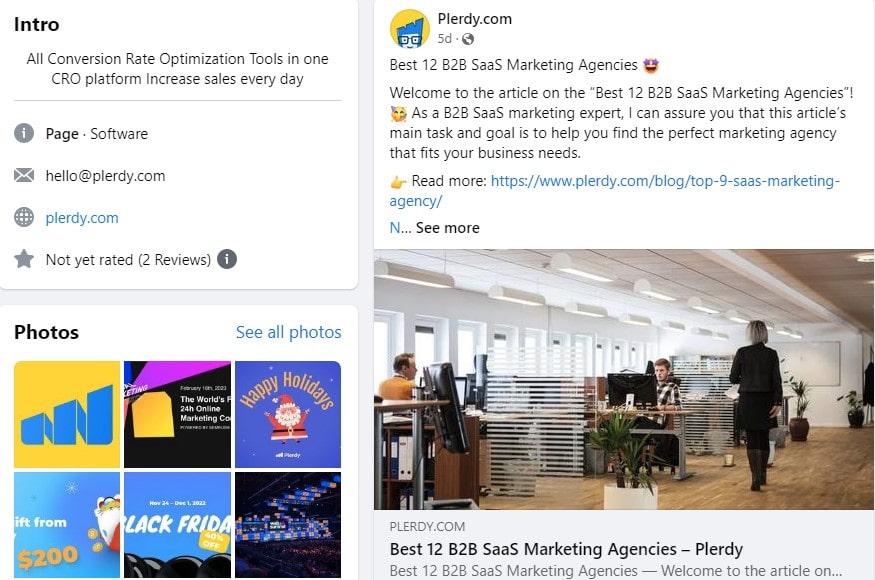
1. Networking and Collaborations Marketing
Small business marketing thrives on collaboration and networking. It’s about sharing insights, sparking ideas, and stirring up synergy.
For instance, a local bookstore might collaborate with a nearby coffee shop. They can cross-promote each other – the bookstore recommends customers to try a fresh brew from the coffee shop, while the coffee shop points patrons to the latest book releases.
The collaboration can extend to:
- Shared Events: Jointly host author meet-and-greets or book-club meetings, drawing a crowd that appreciates both businesses.
- Cross-Promotions: Bundle a coffee coupon with a book purchase and vice versa.
- Social Media Shoutouts: Share posts about the other business, expanding reach to each other’s online audience.
A software startup, on the other hand, might network in industry forums, webinars, or local business groups. They can establish relationships with complementary businesses for mutual referrals, joint marketing efforts, or shared expertise.
In essence, networking and collaborations can be a lifeline for small businesses, creating powerful alliances and opening doors to fresh opportunities. It’s about casting a wider net, fostering strong relationships, and co-building a thriving local ecosystem.
2. Local Advertising Marketing Strategies
For small businesses, the phrase ‘think globally, act locally’ holds especially true when it comes to marketing. Crafting strategies tailored to your local market can yield impactful results. A local diner, for instance, might rely on community-based methods to lure in the neighborhood crowd.
Here are a few tactics that can drive success:
- Sponsor Local Events: Show support for your community by sponsoring local events, like a high-school football game or a charity marathon. This positions your business as a friendly neighbor and gets your brand noticed.
- Collaborate with Other Local Businesses: Team up with other businesses in your area to create shared promotions or events similar to the bookstore and coffee shop example previously discussed.
- Geo-Targeted Ads: Online advertising platforms offer the ability to target ads by geographic location. This means your ad spend is focused on customers in your immediate vicinity.
In contrast, a local accounting firm might utilize different strategies. Offering free tax-preparation seminars, creating informative local radio spots, or collaborating with a nearby law firm can all generate exposure and attract potential clients.
By focusing on the local community, small businesses can maximize their marketing efforts, connect with customers on a personal level, and firmly establish their brand in the heart of their audience.
3. Participating in Local Events and Trade Shows
Local events and trade shows stand as vital platforms for small businesses to make their mark. These venues foster interactions, open doors for collaborations, and boost brand visibility. An artisan bakery can leverage a local food festival to showcase its organic loaves, while a start-up tech company can showcase its innovative app at a regional trade show.
To make the most out of these events, consider these strategies:
- Plan Ahead: Secure your space early, map out your presentation, and set clear objectives. For instance, a small bike shop at a local outdoor expo might aim to distribute 500 flyers and generate 20 on-the-spot sales.
- Engage the Crowd: Interactive demonstrations or hands-on experiences are crowd-pleasers. Imagine a landscape design company offering virtual-reality walkthroughs of dream gardens.
- Follow-up with Connections: Capitalize on the connections made. The artisan bakery can build an email list from interested festival-goers for future promotions.
Meanwhile, participation goes beyond having a booth. Attending as a guest gives you a chance to scope out the competition, network with industry peers, and gather inspiration.
In the end, participation in local events and trade shows serves as an investment—time, money, and energy put into marketing your business in a high-impact, personal, and immediate way. These platforms offer a stage for small businesses to shine and, importantly, be remembered.
Content Marketing
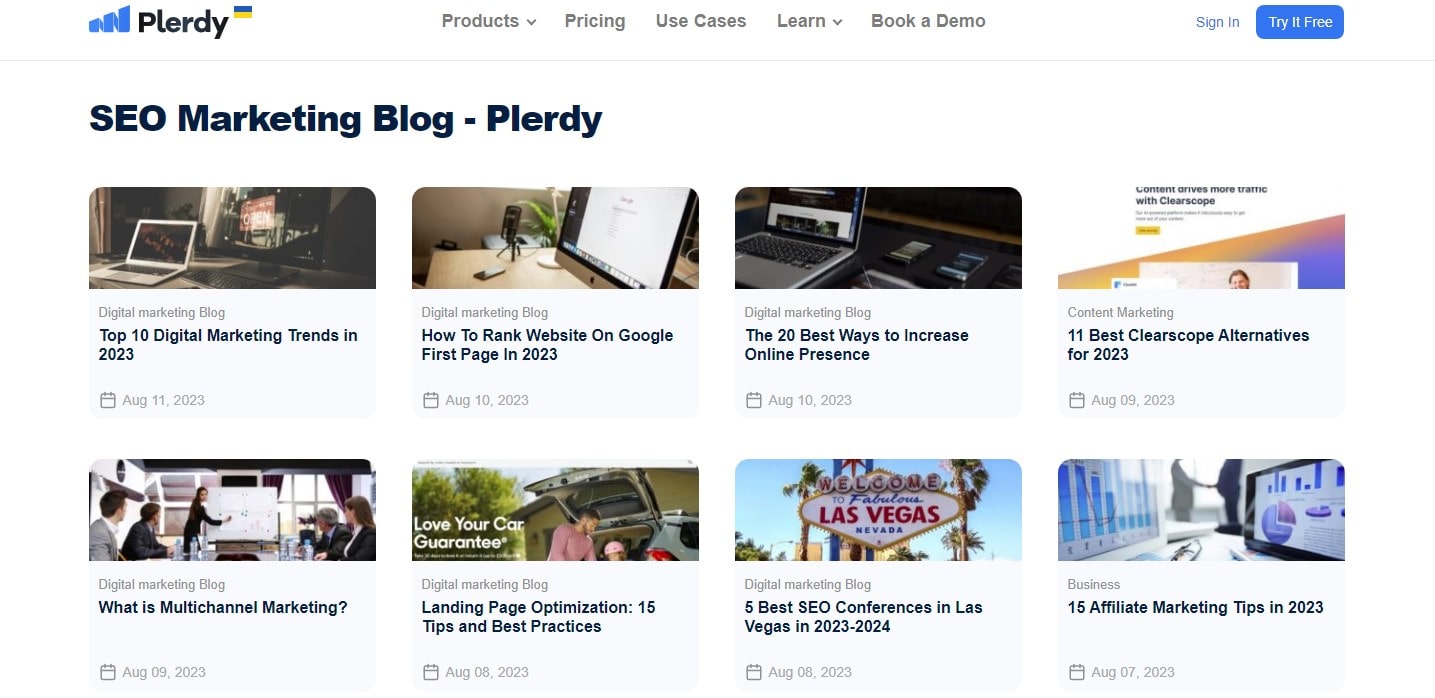
1. Blogging as a Marketing Tool
A business blog can act as a marketing powerhouse – the right tool to make waves in your industry. This platform lets small businesses tell their story, share expertise, and build customer relationships. For instance, a boutique winery can use a blog to share the nuances of grape growing and wine making, helping to educate and captivate their clientele.
To leverage blogging for your business, consider these strategies:
- Focus on Value: Every blog post should offer something beneficial to your readers. A local fitness trainer could provide workout tips and healthy recipes.
- Showcase Expertise: Highlight your business’s unique strengths and knowledge. An antique store might write articles about different antique styles and their histories.
- Use Storytelling: Personalize your business and build a connection with readers. A family-owned restaurant can share recipes passed down through generations, along with the heartwarming stories behind them.
Blogging also allows for more informal, engaging content, such as behind-the-scenes glimpses or employee spotlights.
In essence, a business blog is more than just words on a page—it’s your brand voice echoing out to current and potential customers, engaging them on a deeper level.
2. Leveraging Video Content
Video content, done right, can be engaging, informative, and build a genuine connection. For instance, an artisanal bakery can create short clips showcasing the process of crafting their unique pastries—painting a vivid picture for customers.
For maximum impact, these strategies can guide your video content creation:
- Prioritize Authenticity: Authentic content resonates with viewers. An independent bookstore can share videos of staff giving book recommendations, displaying their passion for literature.
- Offer Useful Information: Provide value to your audience. An eco-friendly cleaning company could demonstrate their products in action while explaining their environmental benefits.
- Engage Emotionally: Successful videos often tug at heartstrings. An animal shelter can share heartwarming adoption stories, connecting with animal lovers in the community.
- Include Calls to Action: Every video should encourage viewers to take a step—visit your website, check out a product, or share the video with friends.
The result? Increased customer loyalty and a brand that resonates.
Paid Advertising Marketing
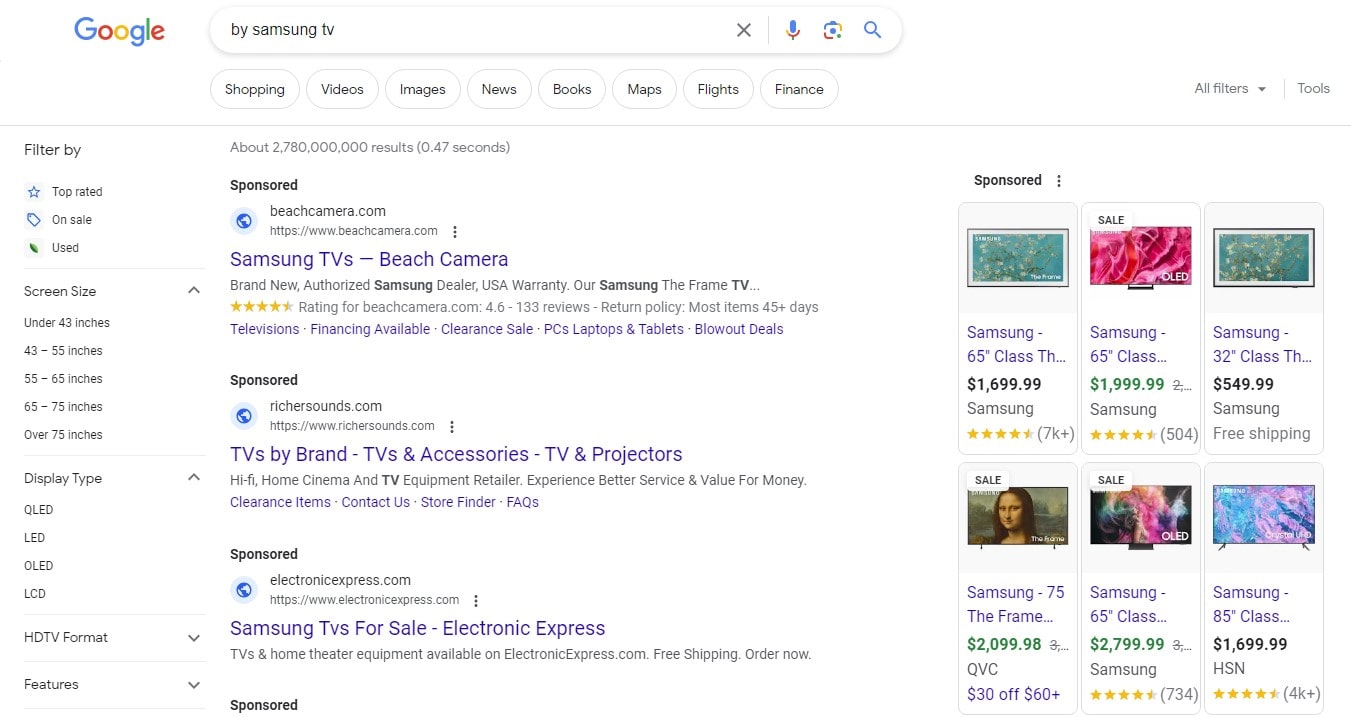
1. Pay-Per-Click (PPC) Advertising Basics
It’s a straightforward concept—you pay each time a potential customer clicks your online ad. Imagine an independent coffee shop using PPC to boost their visibility, paying only when a coffee enthusiast clicks their advertisement.
To maximize the potency of PPC advertising, consider these four principles:
- Keyword Selection: Select keywords that your customers use to search for your product or service. Our coffee shop might choose ‘artisanal coffee’ or ‘organic espresso.’
- Crafting Compelling Ad Copy: Create ads that draw in potential customers with compelling offers. ‘Try our exclusive Rainforest Blend today!’
- Landing Page Optimization: Direct clicked ads to well-optimized, informative landing pages. The coffee shop might lead customers to a page detailing their Rainforest Blend’s unique taste and sourcing.
- Regularly Monitor and Adjust: Track your PPC campaign’s performance and adjust accordingly for improved results.
2. Social Media Marketing Advertising
Social media advertising has become an indispensable aspect of small business marketing. By using social media ads, they can target potential customers interested in fashion based on their online behavior and demographics.
Adopting a savvy social media advertising strategy involves:
- Identifying the Right Platform: Be where your audience is. Instagram, known for its fashion-savvy user base, maybe the optimal choice for our clothing store.
- Focusing on Visual Appeal: Attention-grabbing images or videos can stop scroll-happy users in their tracks. Showcase your products in the best light possible.
- Using Relevant Call-to-Actions: Entice users to take the next step. ‘Swipe up to shop now!’ could be an effective CTA for our boutique.
- Analyzing and Refining: Use insights provided by the platform to tweak and perfect your campaign.
Harnessing the power of social media advertising, small businesses can reach out to broader audiences, foster deeper engagement, and drive traffic to their digital or physical stores. By smartly investing in social media advertising, our boutique can not only grow its customer base but also enhance its brand recognition and loyalty.
Measuring Success
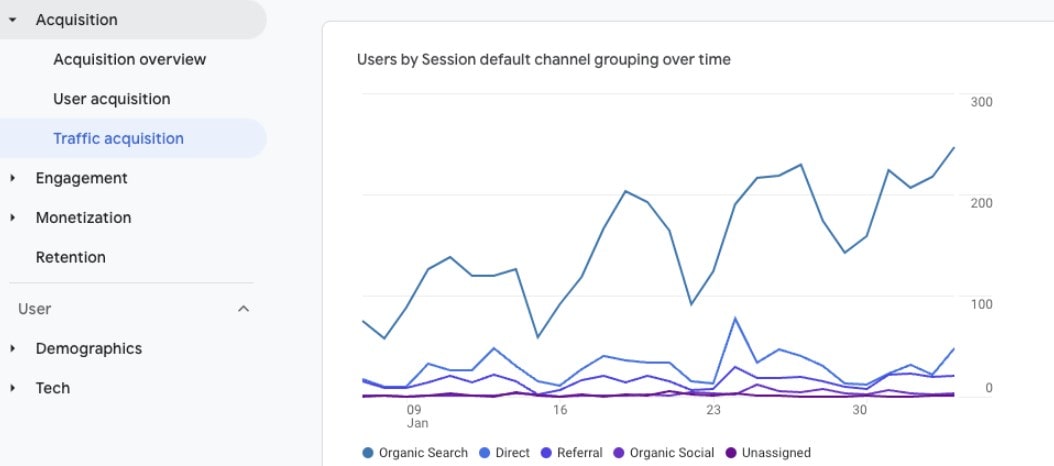
1. Identifying Key Performance Indicators (KPIs)
In the vast landscape of small business marketing, Key Performance Indicators (KPIs) serve as guideposts. These measurable values illustrate how effectively a company achieves key objectives. Take a digital bakery for example. Its goals might encompass increased online sales, improved website traffic, and higher customer retention.
To map out success, consider the following KPIs:
- Sales Revenue: Track the money generated from all sales. The bakery could measure total online transactions or even particular product sales.
- Site Traffic: Understand the volume of people visiting your website. The bakery might use this KPI to evaluate the efficacy of a blog post on cake decoration techniques.
- Customer Retention Rate: Calculate the percentage of returning customers. The bakery can gauge customer loyalty, perhaps after introducing a loyalty program.
- Social Media Engagement: Measure likes, shares, comments, and follows on your posts. For the bakery, this could be especially relevant when unveiling a novel cupcake flavor on Instagram.
By carefully identifying and monitoring KPIs, small businesses can gauge their progress, spot trends, and adjust their marketing efforts accordingly. Essentially, KPIs provide invaluable insights that steer the course of a company. By focusing on relevant metrics, our digital bakery can make informed decisions that boost performance and drive success.
Conclusion about Marketing Tips for Small Business Success
Navigating the bustling marketplace of small business can feel like running through a maze. With the right strategy and a dash of creativity, success is not just a dream but a reachable goal. Embedding the key principles from these 15 marketing tips, small-business owners can find their way through the digital jungle. ? By zeroing in on details like cost-effective solutions, persistent efforts, and utilizing essential tools like analytics and plugins, owners will see growth in visitors and conversion rates. Launching marketing campaigns with authentic content and ensuring privacy compliance can send your engagement levels through the roof. Plerdy’s tool for SEO & UX analysis is the cracker that will dip into the data, delivering insights you’ve been craving. ? Optimizing web content, buyer behavior analysis, and managing vendor relationships – it’s all there for you. Don’t let the pending tasks pile up; the limited duration offer on Plerdy is just the right snack for your hungry business. Sign up today and watch your small business win big. ? Let your entrepreneurial hustle find its wings with these tailored marketing insights. Make your move now!
